VMware’s Pat Gelsinger On ‘All-In’ Container Bet And HPE ‘Commitment’
‘We are by no means satisfied with where we are and we’re committed to continue to extend and build more unique opportunities with HPE,’ says VMware CEO Pat Geslinger in an interview with CRN.
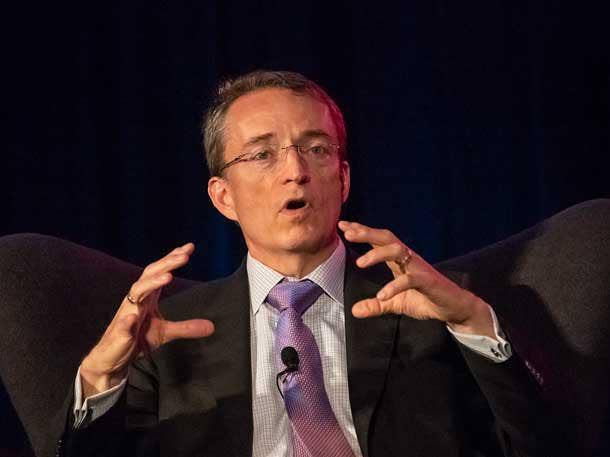
Pat Gelsinger: America’s No. 1 CEO
Fresh off being named the No. 1 CEO in America, VMware CEO Pat Gelsinger spoke to CRN about everything from the virtualization leader’s container and cloud strategy to his commitment to Hewlett Packard Enterprise CEO Antonio Neri.
“We are by no means satisfied with where we are and we’re committed to continue to extend and build more unique opportunities with HPE,” said Gelsinger. “Some of their aspirations to subscription-based hardware offerings is pretty leadership in the industry.”
Palo Alto, Calif.-based VMware is on fire, reporting first fiscal quarter revenue of $2.27 billion, up 13 percent year over year, as well as gaining market share as the worldwide leader in hyper-converged infrastructure software. Gelsinger says VMware has no plans of slowing down with a bullish innovation vision around cloud and containers as well as eyes set on emerging 5G opportunities.
The beloved CEO also gets personal with CRN about his charity work, meeting with world leaders across the globe to take the VMware brand even further and creating a world-renowned company culture. “We’ve been so blessed, right? If you’re working in technology, if you’re living in the Bay Area -- you’ve won the lottery of life,” said Gelsinger. “We are just so far outside of the distribution of humanity that everyone of us should be giving back far more than we do.”
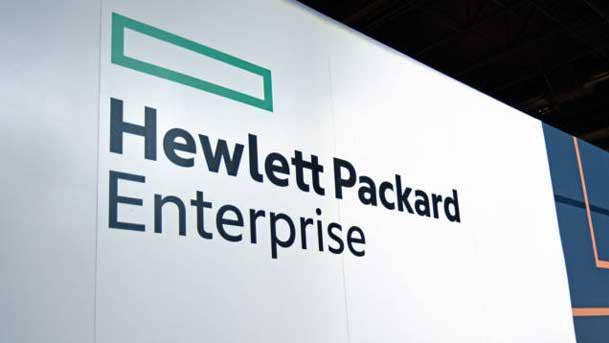
Is VMware’s relationship with HPE as strong as it was a few years ago now that VMware is integrating more with Dell Technologies?
I do believe that it is something that we have to constantly be investing in. [HPE CEO] Antonio [Neri] and I had a quarterly business review not that long ago, and we have another one coming up. We have a regular executive cadence. We just have to constantly be refreshing and hitting [our joint goals together] because there is this natural tendency for us to build on the great momentum with Dell. So it requires diligence on my part. I’m highly committed to that. I think you’ve heard Antonio reinforce that on multiple occasions as well. We just announced some of our vSAN Ready-Nodes with HPE, that synergy partnership has been very effective. We are by no means satisfied with where we are and we’re committed to continue to extend and build more unique opportunities with HPE. Some of their aspirations to subscription-based hardware offerings is pretty leadership in the industry. So I’m excited about what they’re doing there.
What’s your message to the HPE channel community as far as commitment?
We are absolutely committed to the partnership. If there’s any place that they see us as not doing what they need us to do in that partnership, please let us know. Because we want deal registration, partner program activities, field enablement – all of the things that come with a great channel relationship. We are committed to make sure they happen for our channel partners, particularly for the mutual partners with HPE.
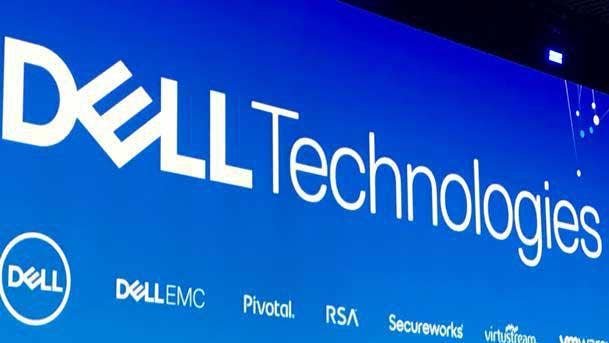
Dell and VMware both gained hyper-converged infrastructure worldwide market share in Q1, while Nutanix share declined. What’s your thought on the HCI market today?
Clearly we’ve been working on this for awhile. When it comes with the culmination of three years of hard work, it’s not really an overnight success. We’ve been building on our position with VxRail with vSAN. We respect Nutanix as a competitor, they helped create the category, but now I’d say we have a better product, a better strategy and a much better vision of where that’s going. You combine a great product with a great go-to-market capacity on the part of Dell and VMware, and our vision of cloud connected data center scale, developer ready and fully operated from the cloud with our Dimension strategy – it’s like, wow! That collection of pieces coming together, everybody is sort of saying, ‘score’. You take what’s one of the best-known sales forces in the industry – Dell EMC – that’s an aggressive, capable sales force. If you give them a mediocre product, they do well. If you give them a great product, they just kill it. That’s the phase that we’re in. Our engineering combined with Dell’s scale and hardware, that collection is really gaining momentum.
What are your thoughts on your main competitor Nutanix?
I think Nutanix has sort of reached the end of their strategy. Where do they go from here? Everybody like HPE, Cisco, etc. -- they have their own primary strategies that they’re pursuing. So with their offerings, [Nutanix’s] ability to scale further from where they are is a challenge. I think our scale and capacity is almost unlimited where we’re going from where we already are. We’re super excited about it.

You’ve recently made acquisitions in the container space and now the No. 2 contributor for Kubernetes. What is VMware’s container vision?
Let’s start at the vision, what we have said is we want to be seen as the enterprise dial-tone for Kubernetes. What does that mean? Kubernetes really is transforming how middleware is delivered but it is also becoming the API set for how infrastructure gets deployed. We’re embracing Kubernetes as the native dial-tone for the VMware stack going forward. So you’ll see us build more and more of those capabilities into the core VMware platform. That’s a key piece of why we did the Heptio acquisition. Then we’re going to build more and more value-add on the Kubernetes layer and you’ll see us bringing forward many of the Heptio technologies to the market place with offerings like PKS Essential where we’re saying, ‘Hey, we’re going to be the open source distribution of choice.’ Coming out of KubeCon, what you saw is now we’re the No. 2 contributor to Kubernetes. So we are all-in. The open source business model here is going to be fully supported by VMware and we’re going to extend and deliver that across multiple cloud environments.
How important is VMware’s partnership with Pivotal playing a role in driving containers and Kubernetes?
Our partnership with Pivotal is critical. For that, we’re going to keep building them and more of their services. They announced recently their commitment to extend Kubernetes support as part of the PaaS offering from Pivotal. So mutually with them, we’ll be evolving PKS to be entirely a surface for Kubernetes workloads going forward. [We are] radically committed to the open source community and the standardization of Kubernetes, building on Heptio for broader and broader set of multi-cloud offerings from VMware tied with the Pivotal partnership – so yeah, we think we have a pretty powerful set of assets to bring to the table here.
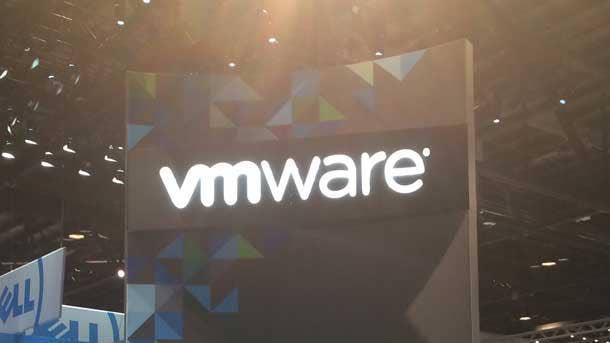
What is VMware’s biggest focus and task right now?
The single biggest task we have to do is operationalize the cloud strategy at scale. I phrase it that way because we laid out the strategy, the Amazon partnership, the unique offerings with CloudHealth, bringing SaaS offerings to more products, the recent Azure announcement – but collectively, we have to operationalize that at scale where customers are able to come to VMware and say, ‘I want to run on VMware. I want it in the cloud. And I want it in the subscription model.’ That’s a major business model and technological feat for us to deliver in. By way, that’s the No. 1 challenge of the company. Obviously, we’re making good progress and we’re having good momentum here, it’s not a negative statement.
When people go from saying, ‘Sure I’d like to spin up a cluster in the VMware cloud. Let’s have some proof of concepts, let’s have some test and dev going on, etc.’ – that’s one level of problem. When they now say, ‘Hey, I’m now migrating my entire 500 applications out of my data center and 20,000 VMs over the next two months.’ – gulp, that’s a difference scale of problem. Those are some of the phases that we are now finding with our customers where this is “becoming their data center” and they’re doing that at scale with some of the most demanding and mission-critical applications in their portfolios.

You’ve been meeting with presidents and prime ministers across the globe. Any funny stories to share?
It was very fun meeting with Indian Prime Minister [Narendra Damodardas] Modi in October of last year. I said to him, ‘We announced a major [$2 billion] investment expansion in India -- Project Taara – also in the retraining of women to reenter the tech workforce. We had our company meeting there.’ So it just was a very glorious couple of days for us in India. I said to Prime Minister Modi that, ‘You know, with over 6,000 people in India, over half of my staff being of Indian decent – maybe I should have been born Indian?’ To this point in the conversation with Modi, everything has gone through a translator. But at this point in the conversation, Modi comes back to me very quickly in English and says, ‘Pat, you know we believe in reincarnation. There is still hope for you!’ Oh, it was very, very good. He was very quick witted and quick of thought. In those kind of meetings, hey we’re a major tech player, it’s appropriate for us to be meeting with these world leaders. It is good for my teams and I think it’s good for the industry. Obviously, I consider it an honor as a person.
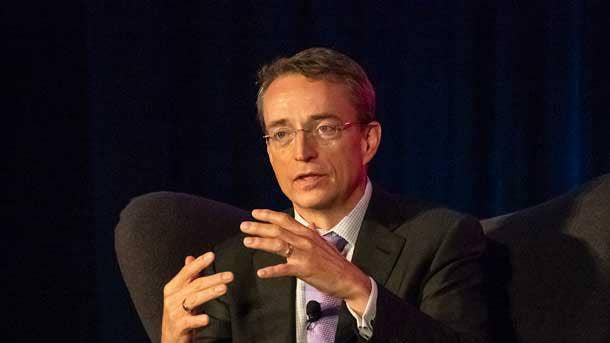
What is it like to be voted as the No.1 CEO in America by Glassdoor, which is based off employee reviews?
I do consider it an honor and a privilege. It’s respective to a variety of things that we’ve done over the last few years obviously culminated in the No. 1 rating this year. It’s an employee rating so that’s particularly encouraging. I attribute it to three things as I think about it. One is we’ve navigated well with Dell going public and all of those types of things -- there’s lots of anxiety -- and we came out the other side of it very effectively. The leadership team and I, and the company’s execution -- we nailed it for the year.
Secondly, the culture. We've built a culture of values that we call our leadership code – body, mind and soul – around what we do, how we think and who we are. Those collectively and some of the good work that has come of that – whether they are community engagement activities, whether it’s how we work with each other internally, the teamwork, camaraderie that we built and some of the bigger Tech For Good things that we’ve become known for – you put all of those together, it’s a great thing. It just builds this deeper sense of purpose on the part of the company and clearer that’s a statement across the entire team and company, but culture starts at the top. Clearly the CEO has a unique role informing and shaping the culture of the environment.
Finally, good business results, good stock performance – that just puts a smile on everybody’s face. You can be doing a great job but if the stock and business is down, and the environment is hard, it’s hard for people to smile. I think everybody is just smiling as they look at those results.
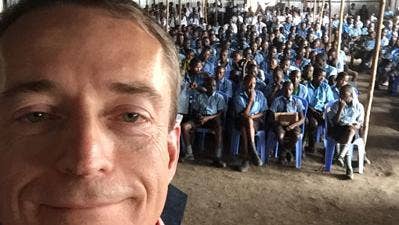
Have you done any charity work recently?
I just did a ride for diabetes this last weekend. So I did a 50-mile charity bike ride. It was in the Bay Area, it’s called the ‘Tour de Cure’ event from the American Diabetes Association. The VMware team was the No. 2 team in the Bay Area. I was the No. 1 fundraiser for it. It just added to my list of No. 1’s this last week. As I’d like to say on those things, I’m an unbashful fundraiser. We’ve been so blessed right? If you’re working in technology, if you’re living the Bay Area -- you’ve won the lottery of life. We are just so far outside of the distribution of humanity that everyone of us should be giving back far more than we do. I’m pretty thrilled to have these little side projects that both keep me fit, good for the body, but also very good for the mind and the soul.
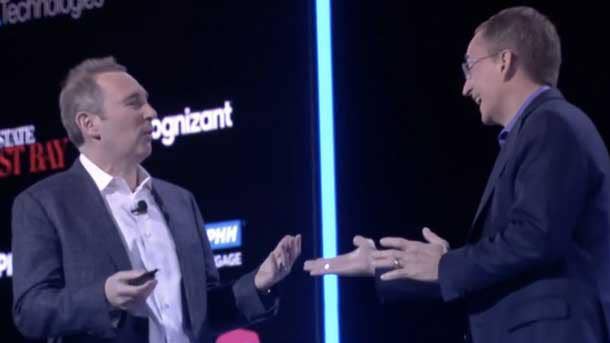
Where is one huge opportunity ahead for VMware?
Telco and 5G – hugely important for us ahead. Clearly in the context of Huawei, China, etc., the level of scrutiny on the topic is rising and we see this idea of building this virtualized infrastructure for Telco’s as a very large one. The Vodafone partnership has been the primary one for us, but we’re now replicating that across many different telco providers to move away from a hardware, silos approach. Like how data centers use to be to now a standardize cloud-oriented one. That’s a big priority for us. The second thing I want to ask is for everyone to come to VMWorld 2019 this year. It’s going to be a great show. We have a lot of things we’re working on and I’m anxious to tell the masses of CRN readers lots of great things we’re working on.
Are you still bro-hugging Andy Jassy (pictured)?
We have our next quarterly business review with Andy in a couple of weeks. So I expect that will be the next moment of bro-hugging.